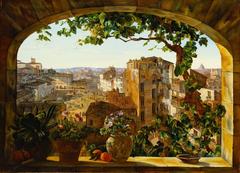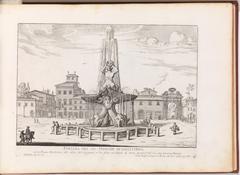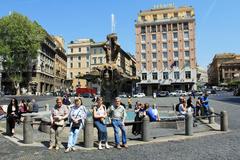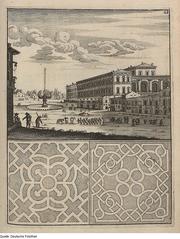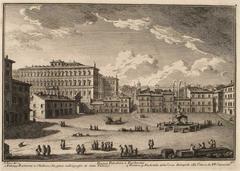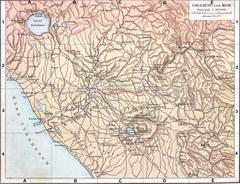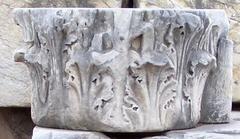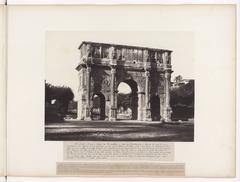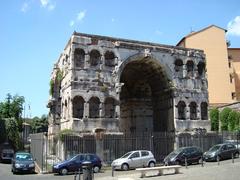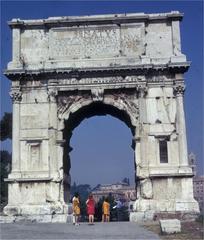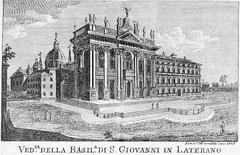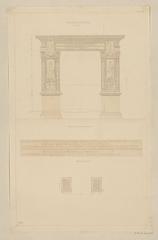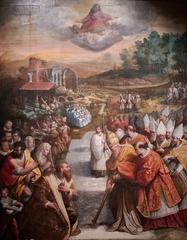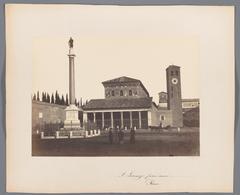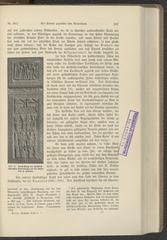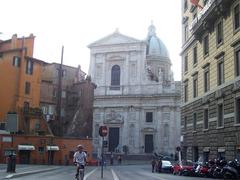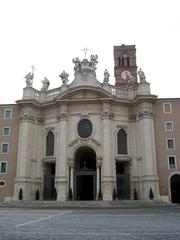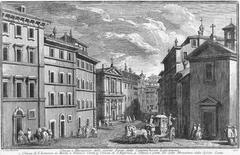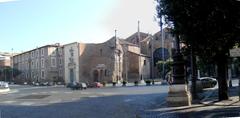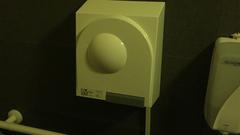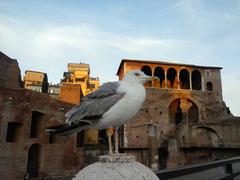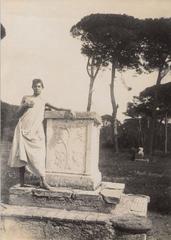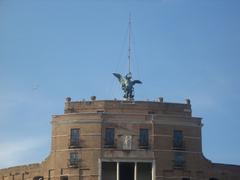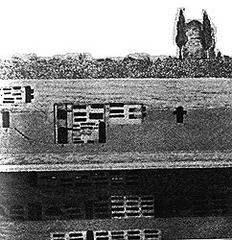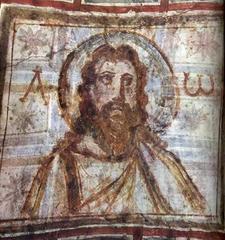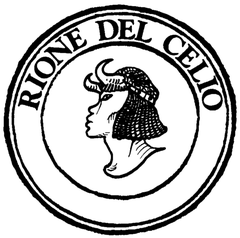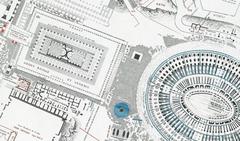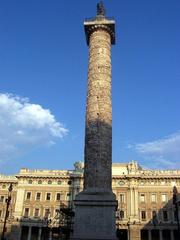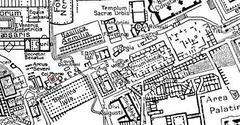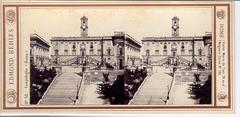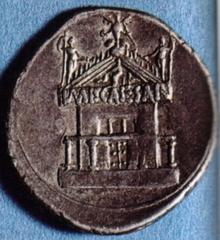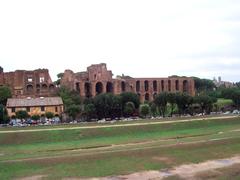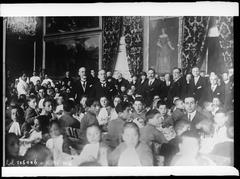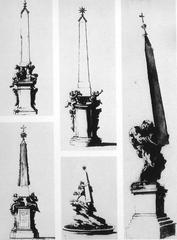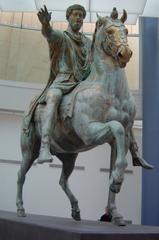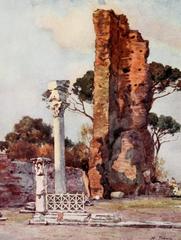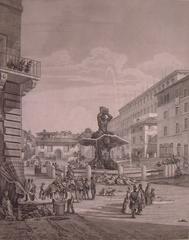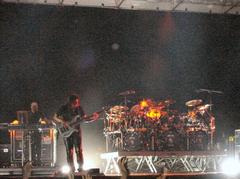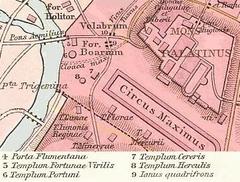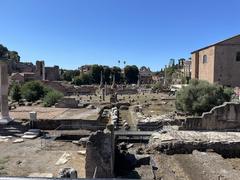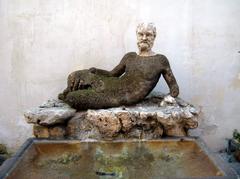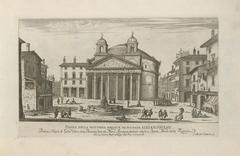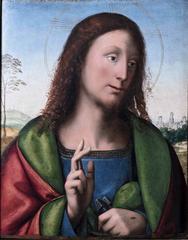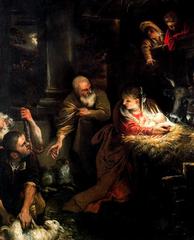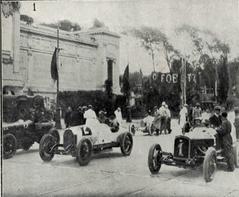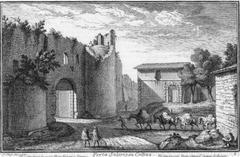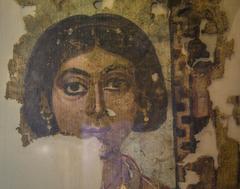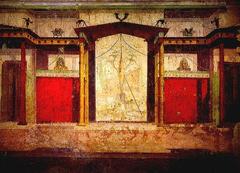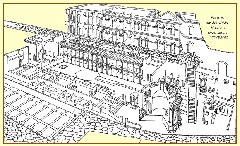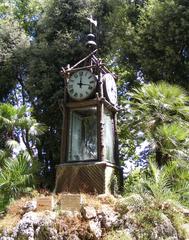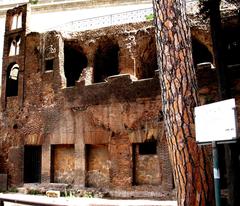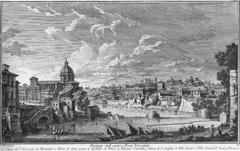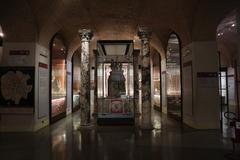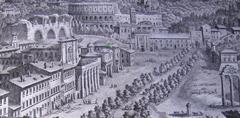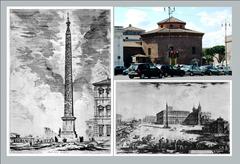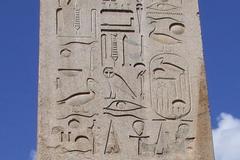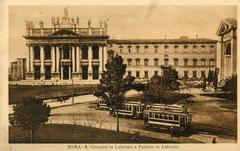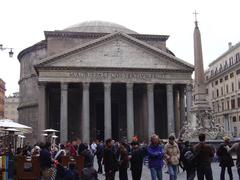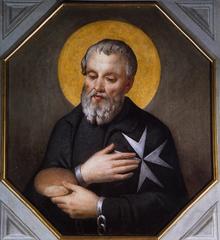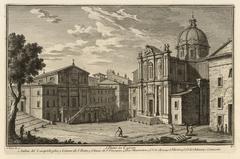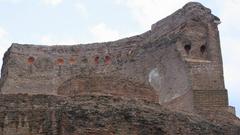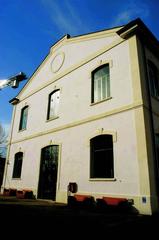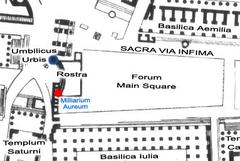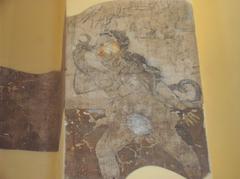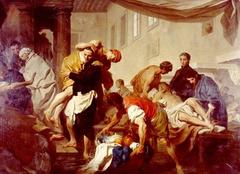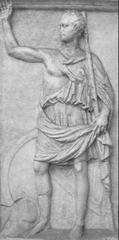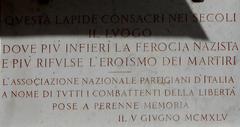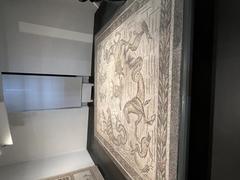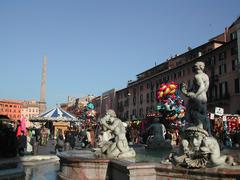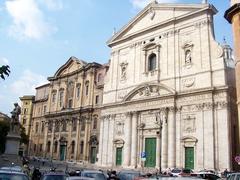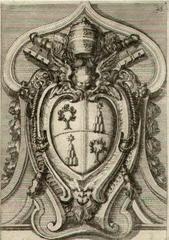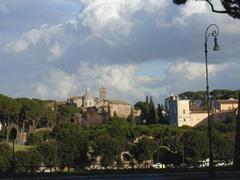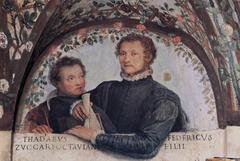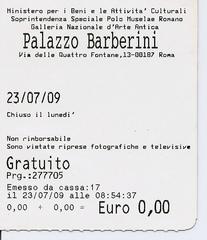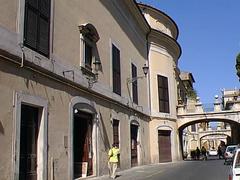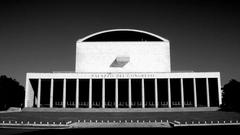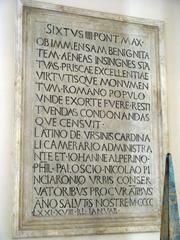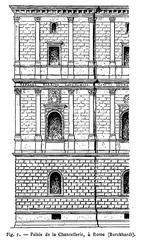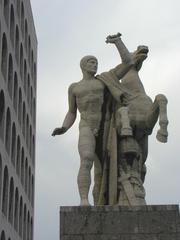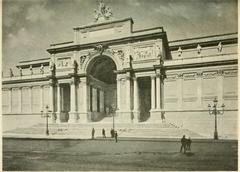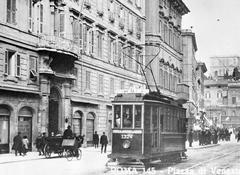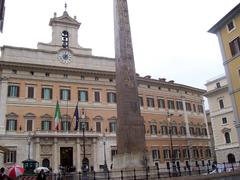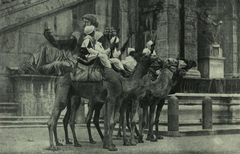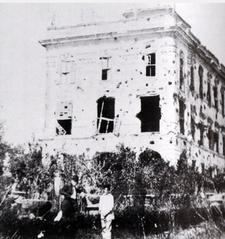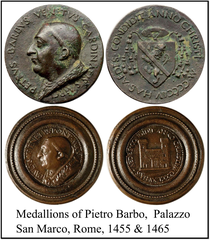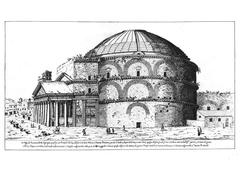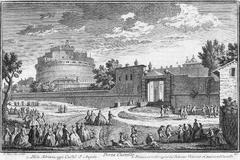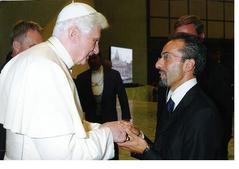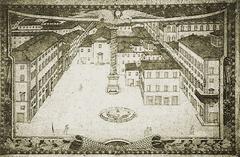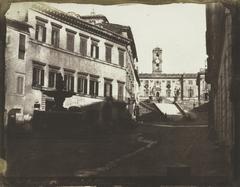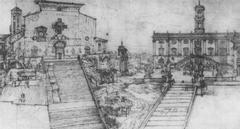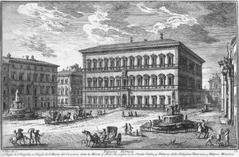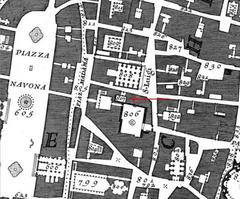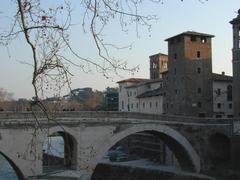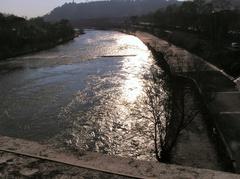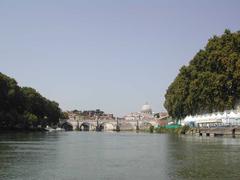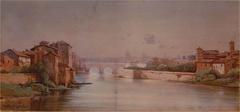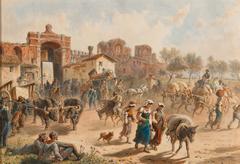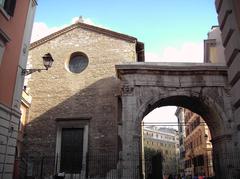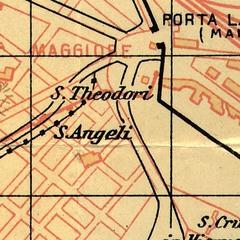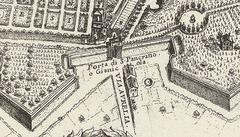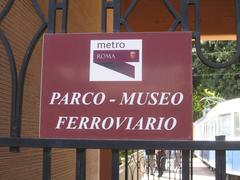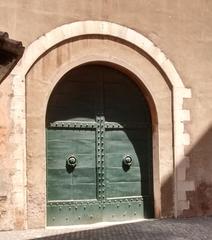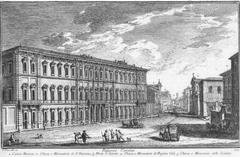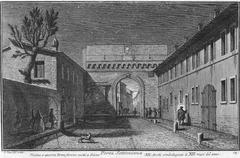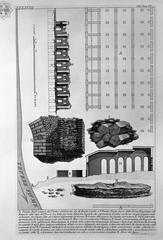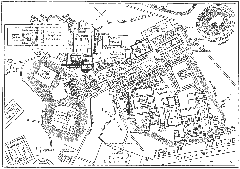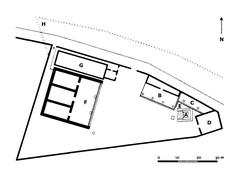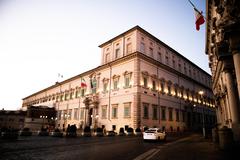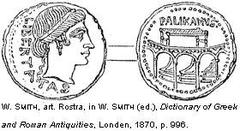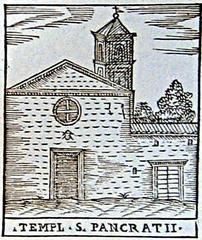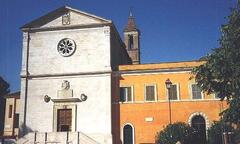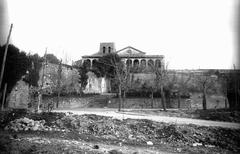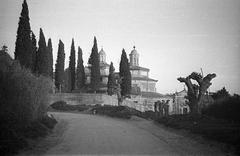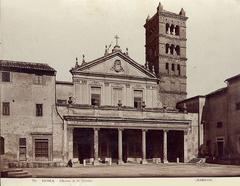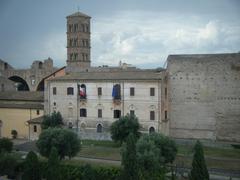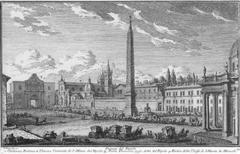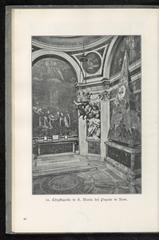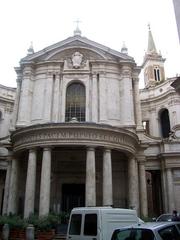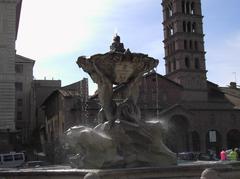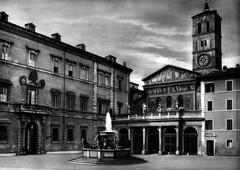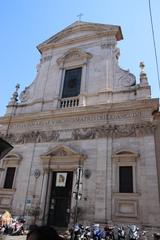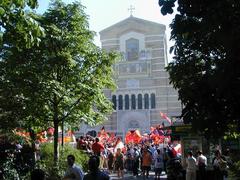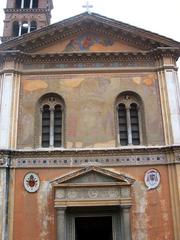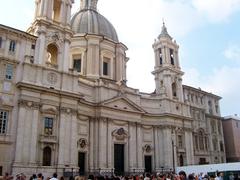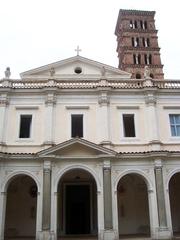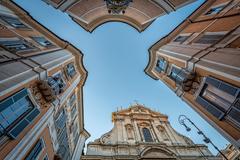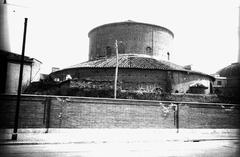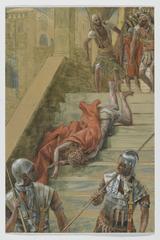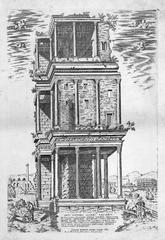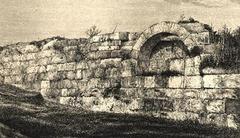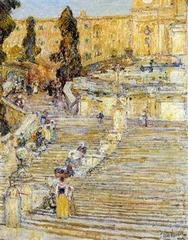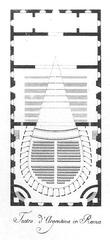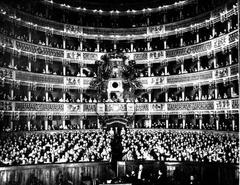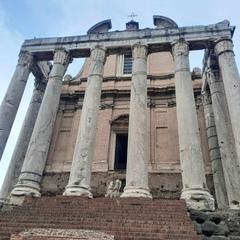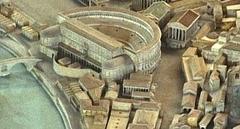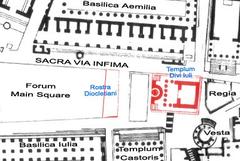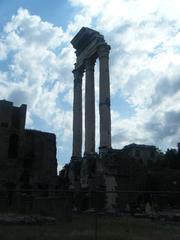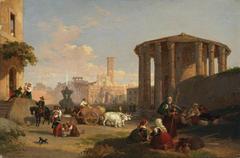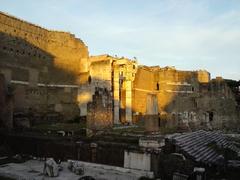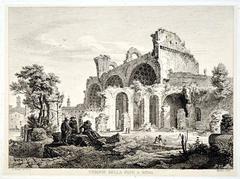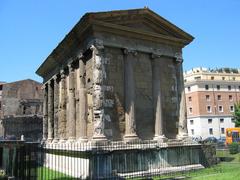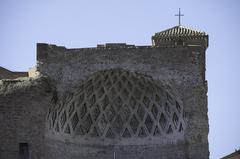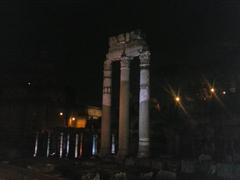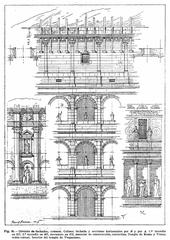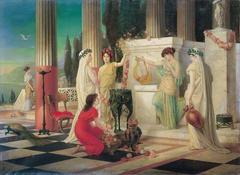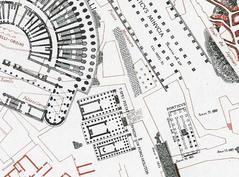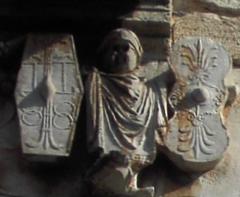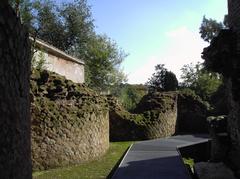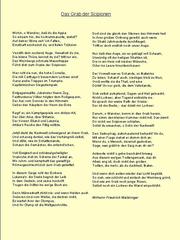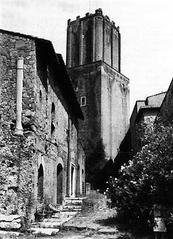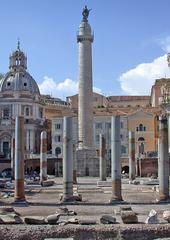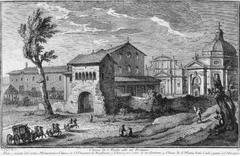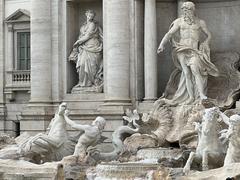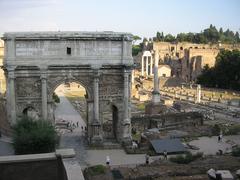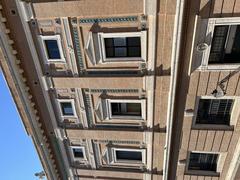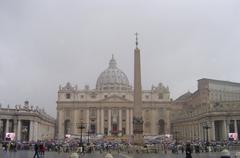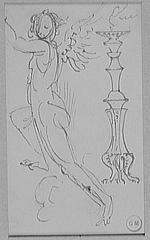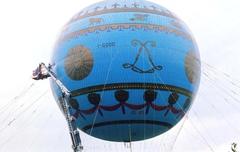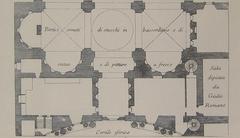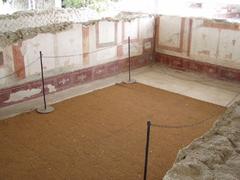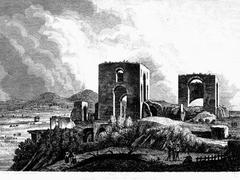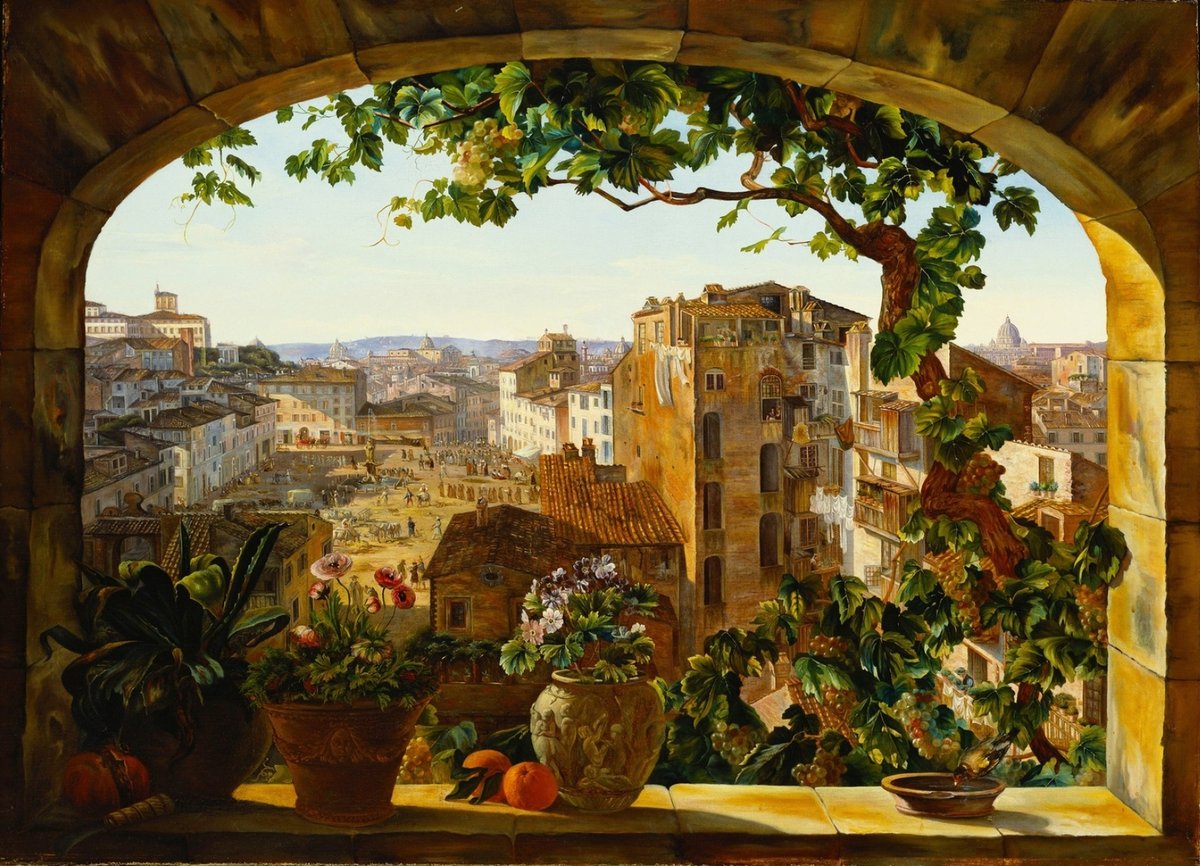
Guide to Visiting Piazza Barberini, Rome
Date: 17/07/2024
Introduction
Located in the vibrant heart of Rome, Italy, Piazza Barberini is a square steeped in history and architectural magnificence. Named after the influential Barberini family, this iconic piazza serves as a living testament to Rome’s rich cultural and architectural heritage. The Barberini family, originally from Florence, rose to prominence during the papacy of Pope Urban VIII in the 17th century, significantly shaping the Baroque style that characterizes much of Rome’s historical architecture (Exploring Piazza Barberini). Visitors to Piazza Barberini are greeted by architectural marvels such as the Palazzo Barberini, a grand Baroque palace that houses the Galleria Nazionale d’Arte Antica, and two of Gian Lorenzo Bernini’s masterpieces: the Triton Fountain and the Bees Fountain (Palazzo Barberini, Triton Fountain). These attractions, combined with the square’s strategic location near other famed landmarks like the Spanish Steps and Trevi Fountain, make Piazza Barberini an essential destination for anyone looking to experience the essence of Rome. Whether you are a history enthusiast, an art lover, or a curious traveler, Piazza Barberini offers a unique blend of historical grandeur and modern vibrancy that promises a memorable visit.
Table of Contents
- Introduction
- Origins and Early Development
- Architectural Significance
- 19th and 20th Century Transformations
- World War II and Post-War Era
- Modern-Day Piazza Barberini
- Practical Visitor Information
- Cultural and Social Impact
- FAQ
- Conclusion
Origins and Early Development
Piazza Barberini’s history dates back to the Renaissance period. Named after the Barberini family, the square reflects the family’s significant role in Rome’s political and cultural life during the 17th century. The family, originally from Florence, gained prominence when Maffeo Barberini became Pope Urban VIII in 1623. Under his leadership, the Barberini family accumulated considerable wealth and power, commissioning various architectural and artistic projects throughout Rome.
Architectural Significance
Palazzo Barberini
One of the most notable contributions of the Barberini family to the square is the Palazzo Barberini, a grand Baroque palace that now houses the Galleria Nazionale d’Arte Antica. Designed by renowned architects Carlo Maderno, Gian Lorenzo Bernini, and Francesco Borromini, construction began in 1625 and was completed in 1633. The Palazzo Barberini remains a significant cultural landmark, attracting art enthusiasts from around the world.
The Triton Fountain
Another iconic feature of Piazza Barberini is the Triton Fountain (Fontana del Tritone), designed by Gian Lorenzo Bernini in 1642-1643. Commissioned by Pope Urban VIII, the fountain is a masterpiece of Baroque art. The Triton Fountain is a popular attraction, drawing visitors who marvel at its intricate design and historical significance.
The Bees Fountain
In addition to the Triton Fountain, Bernini also designed the lesser-known Bees Fountain (Fontana delle Api) in 1644. This small fountain, located at the corner of Piazza Barberini, features three bees, the emblem of the Barberini family, sculpted in marble. The Bees Fountain is a charming example of Bernini’s ability to infuse everyday objects with artistic beauty and symbolism.
19th and 20th Century Transformations
Piazza Barberini underwent significant changes during the 19th and 20th centuries. The late 1800s saw the square become a hub of social and commercial activity with various hotels, cafes, and shops. The introduction of modern amenities further enhanced its appeal as a bustling urban center. During the early 20th century, the square was a focal point for political and social events, reflecting the dynamic nature of Roman society.
World War II and Post-War Era
Like much of Rome, Piazza Barberini was affected by World War II. The square experienced damage but was restored in the post-war period, preserving its architectural heritage while accommodating modern needs. The restoration projects aimed to maintain the square’s historical integrity.
Modern-Day Piazza Barberini
Today, Piazza Barberini is a vibrant part of Rome, serving as a gateway to famous attractions like the Spanish Steps, the Trevi Fountain, and the Via Veneto. The square is a popular destination for both tourists and locals, offering a mix of historical landmarks and modern amenities. Visitors can enjoy a leisurely stroll through the square, admire the stunning fountains, and explore nearby attractions. The Piazza Barberini continues to be a testament to the enduring legacy of the Barberini family.
Practical Visitor Information
- Visiting Hours: Piazza Barberini is open 24/7. However, specific attractions such as the Palazzo Barberini have designated visiting hours. The Galleria Nazionale d’Arte Antica is typically open from 9:00 AM to 7:00 PM, Tuesday to Sunday.
- Tickets: Entrance to the square is free, but tickets are required for the Galleria Nazionale d’Arte Antica. Ticket prices vary, so it’s best to check their official website for current rates and booking information.
- Travel Tips: The square is accessible via Rome’s Metro Line A, with the Barberini station located directly beneath the square. It is also well-served by various bus routes.
- Nearby Attractions: In addition to the Spanish Steps and Trevi Fountain, visitors can explore the nearby Via Veneto, known for its elegant cafes and boutiques.
- Accessibility: The square is wheelchair accessible, and most nearby attractions offer accommodations for visitors with disabilities.
Cultural and Social Impact
Piazza Barberini has played a significant role in the cultural and social life of Rome. It has been featured in various films, literature, and artworks, highlighting its iconic status in popular culture. The square’s cafes and restaurants offer a taste of Roman cuisine and hospitality, providing visitors with an opportunity to experience the local culture and lifestyle.
FAQ
-
Q: What are the visiting hours for Piazza Barberini? A: Piazza Barberini is open 24/7. However, specific attractions like the Palazzo Barberini have designated visiting hours.
-
Q: Do I need tickets to visit Piazza Barberini? A: Entrance to the square is free, but tickets are required for the Galleria Nazionale d’Arte Antica.
-
Q: How do I get to Piazza Barberini? A: The square is accessible via Rome’s Metro Line A, with the Barberini station located directly beneath the square.
-
Q: Are there any nearby attractions to Piazza Barberini? A: Yes, the Spanish Steps, Trevi Fountain, and Via Veneto are all nearby attractions.
Conclusion
Piazza Barberini stands as a vital part of Rome’s historical and cultural fabric, embodying a rich legacy that spans centuries. From its origins in the Renaissance period to its role as a bustling urban center in the 19th and 20th centuries, the square has continually evolved while preserving its architectural and cultural heritage. Today, Piazza Barberini not only serves as a gateway to some of Rome’s most famous attractions but also continues to be a vibrant center for social and cultural activities (Piazza Barberini). Visitors can marvel at the Baroque splendor of the Palazzo Barberini, the intricate artistry of Bernini’s fountains, and the dynamic blend of historical and modern elements that define this iconic square (Galleria Nazionale d’Arte Antica, Fontana delle Api). Whether you are exploring its historical landmarks, enjoying a leisurely stroll, or indulging in the local cuisine, Piazza Barberini offers a rich, immersive experience that captures the essence of Rome’s enduring legacy. Plan your visit to this remarkable square to fully appreciate the blend of history, art, and modernity that makes Piazza Barberini a must-visit destination.
References
- Exploring Piazza Barberini - History, Visiting Hours, and Top Attractions in Rome, 2024, Author source
- Visiting Piazza Barberini - History, Tickets, and Tips for Your Rome Trip, 2024, Author source
- Essential Visitor Tips for Piazza Barberini in Rome - Best Times, Attractions, and Dining Options, 2024, Author source
